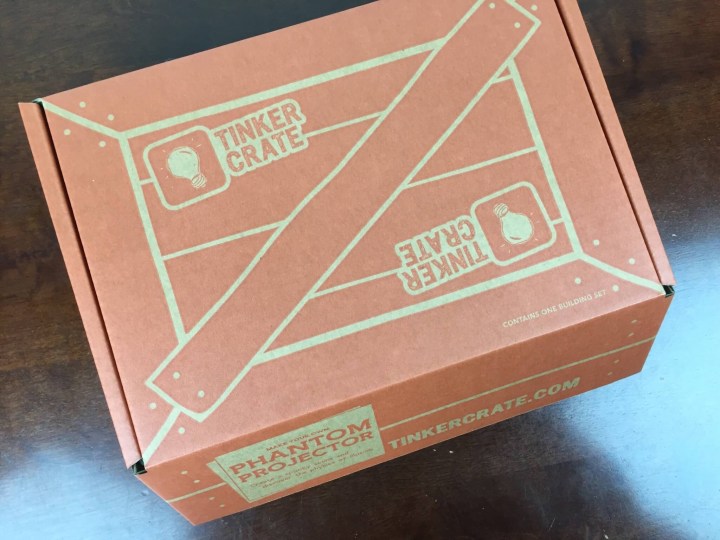
Hang on to your hats, Haunted Mansion fans! This month’s Tinker Crate explores the science behind Pepper’s Ghost, the illusion that made ghosts come to life long before computer generated images. Tinker Crate is a subscription box that inspires kids to learn about science, engineering, and technology, all while having lots of fun. Each month, the box explores a field of study within a STEM (Science, Technology, Engineering and Math) discipline. Kids practice their problem solving skills and learn how to engage in both structured and open-ended exploration and investigation. Most of the recent boxes have walked the tinkerers through construction of fairly complex mechanical devices.
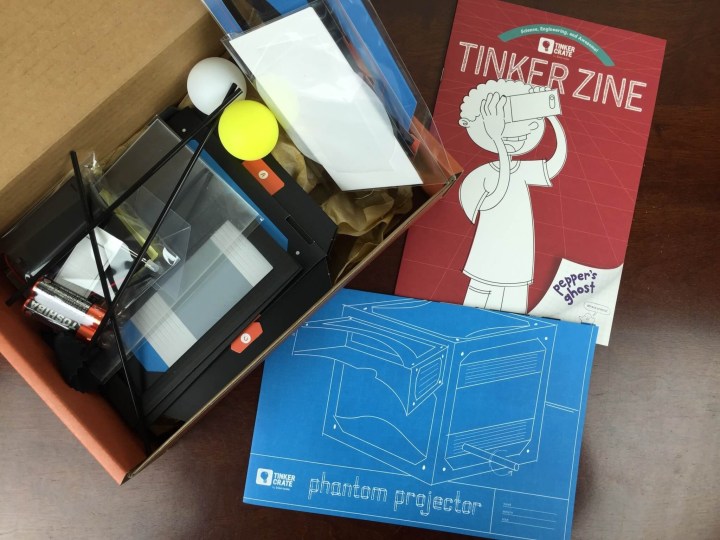
Everything that arrives together in a single Tinker Crate – the supplies, a fold-out instruction sheet, and the Tinker Zine. In addition to the cool stuff found in the Tinker Zine, most crates have a secondary project that builds on the primary project, extending the exploration and focusing in on the science principles demonstrated by the main project.
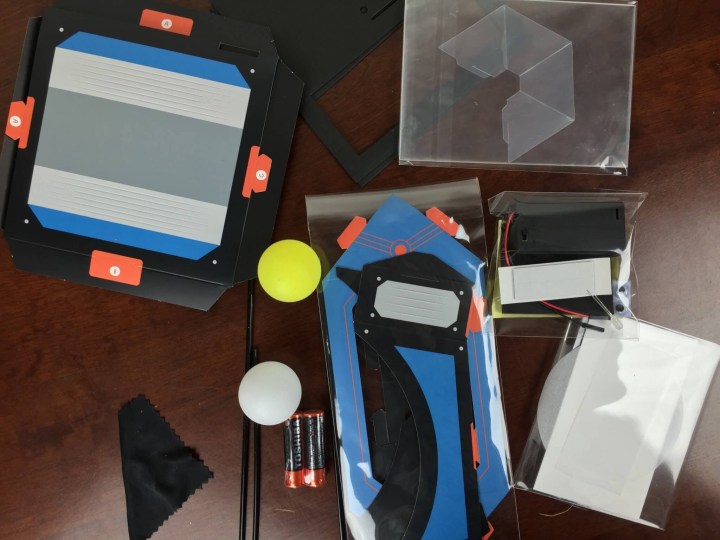
The kit includes all the materials needed to construct the main project, which is the Phantom Projector. Sometimes you need to provide some simple items from home for the second project or the additional explorations suggested in the Tinker Zine.

The instructions and other project info are printed on a faux blueprint fold-out sheet. Along with materials and instructions, you get some handy pointers and a troubleshooting guide. The sheet tells you everything that came in the box, some tips, and help if you can’t get it to work. This is a well-designed and tested box — we’ve never had a project with a fatal design flaw or any frustrating, unresolved engineering issues. Plus, there is help available if needed!

The instructions are clear and easy to follow and include both visuals and text, with lots of tips and checkpoints to make sure you’ve done everything correctly as you go. You aren’t expected to be an expert or know all the principles behind the project coming into it — the instructions are well thought out and anticipate areas where a novice might go astray. We can tell from the exquisite detail and thoughtfulness of the instructions that the projects are designed and tested, with lessons from testing and re-testing make their way into the instructions.
The main project is always a great hands-on activity and a great demonstration of the scientific principles featured in the box, but the Tinker Zine is where the lessons really take shape!

The Tinker Zine explains the principles behind the project. The Zine does a great job of illustrated just how cool science can be when applied. The technology behind the Phantom Projector also makes heads-up displays, holographic performers, and even simple teleprompters possible!
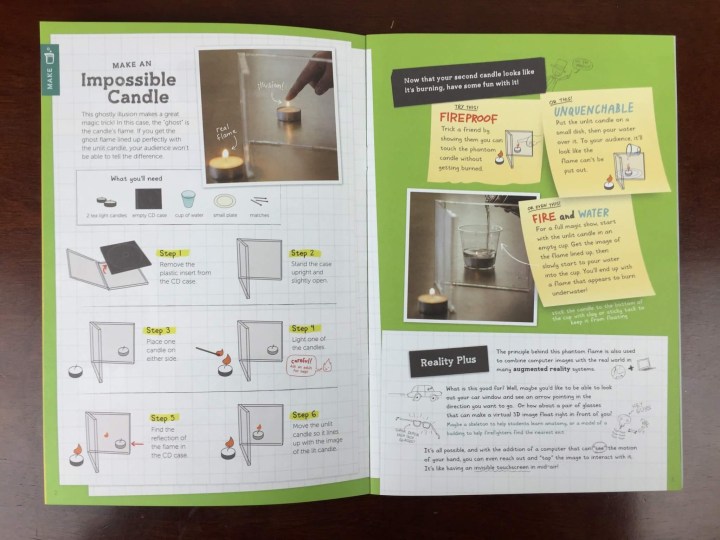
Along with the main project, the Zine had instructions for creating additional illusions with items from home. The Impossible Candle uses the same reflective/refractive concept to create the illusion of interacting with a candle that is actually a safe distance away. To the audience, it appears as though you are putting your hand in a flame without being burned, or dousing an unquenchable flame with water.

The Crate included the materials for a secondary project which allows you to create a portable “ghost” viewer. A compact version of the Phantom Projector, this viewer allows you to superimpose a still image, or even a smartphone video, onto anything viewed through the viewer.
Though this build appears complicated, Tinker Crate simplifies it by pre-marking the areas where you have to attach parts to the frame of the projector. Slots and holes are pre-punched to make assembly easier, too.
Here’s the almost finished project. Once the viewer is attached to the top, the observer will see both the ball directly in front of her eyes and the other ball as reflected off the 45 degree angled pane.
The Tinker Zine explains the science behind the illusion in a manner suited to the target age range. We love the way the concepts are explained plainly using the correct scientific terminology.
Testing out the assembled projector. 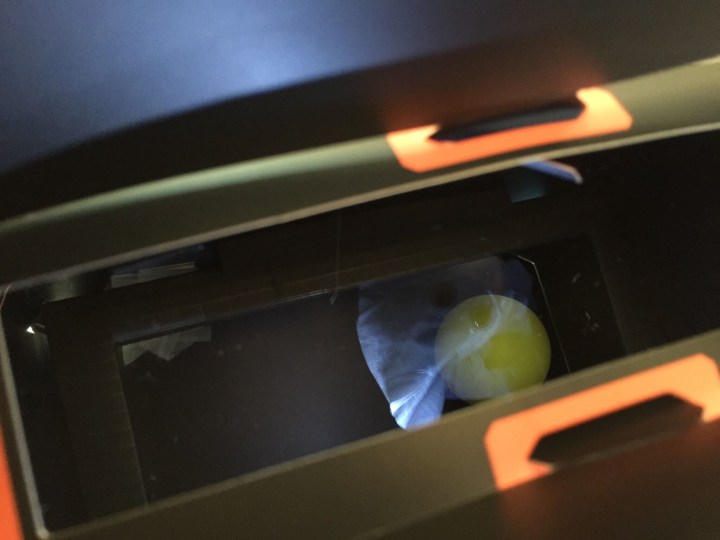
A glimpse inside the box — you can see our paper apparition terrorizing the yellow ball!
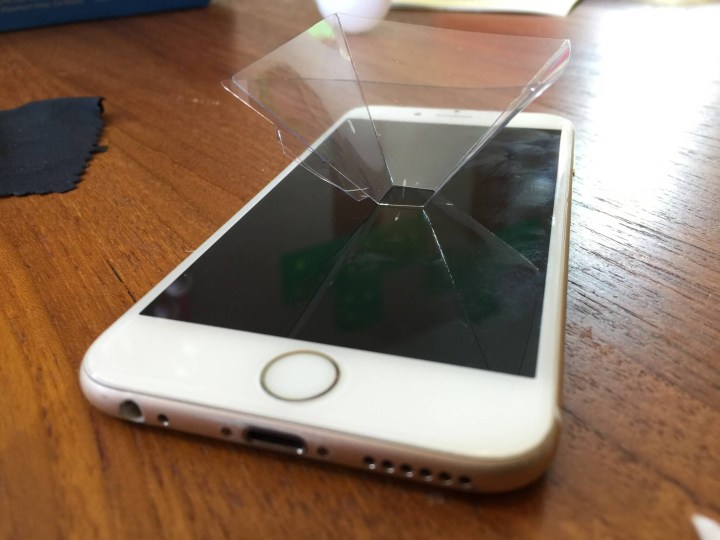
The Zine came with a viewer for use with “4-sided” videos, available online via a link in the Zine (yes, you actually have to type it in to your computer, because it is printed in a magazine, and magazines do not yet support hypertext). The video refracts through the walls of the inverted truncated pyramid, creating a 3-D hologram! Can you see the birthday candle?
 Here’s a shot of the portable ghost viewer in action — the black cloth is actually underneath the viewer, but it appears to be displaying a moving image from a classic video game!
Here’s a shot of the portable ghost viewer in action — the black cloth is actually underneath the viewer, but it appears to be displaying a moving image from a classic video game!
This was a super-cool Crate, and it really explored the concept of image projection in creating illusions like Pepper’s Ghost. The crate had materials to create three separate viewers, plus instructions for a fourth viewer-based illusion to make using a CD case — BTW, CDs are blu-ray-like discs that held digital music back at the dawn of the digital age :-)!
We really love Tinker Crate, because the projects are extremely well designed, with a comprehensive and engaging STEM-grounded lesson built around the project in each box. It is a great box for tweens, but the projects are interesting enough that mom or dad will have fun helping younger kids tackle the projects, too!
Have you tried Tinker Crate yet with your kids?
Visit Tinker Crate to subscribe or find out more. Use code MS30 to save 30% on your first box! (or Kiwi Crate and the KiwiCo family subscriptions Koala Crate and Doodle Crate).
The Description: Tinker Crate help kids gain crucial STEM (Science, Technology, Engineering and Math) skills through hands-on activities that are also seriously fun. Every crate includes all the materials and inspiration for a super-cool project. Ages 9 to 14+
The Price: $19.95 per month
The Categories:Kids Craft & Activities Subscription Boxes, Kids Educational & Learning Subscription Boxes,Subscription Boxes for Kids,Subscription Boxes for Teens & Tweens. KiwiCo Family, STEM Subscription Boxes, Subscription Boxes for Dads, Subscription Boxes for Teen Girls, Subscription Boxes for Teenage Boys.
The Reviews: See all our Tinker Crate Reviews.
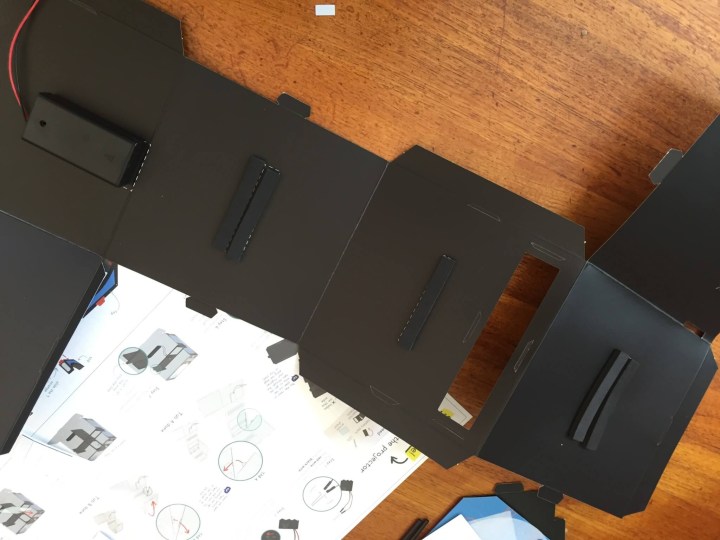

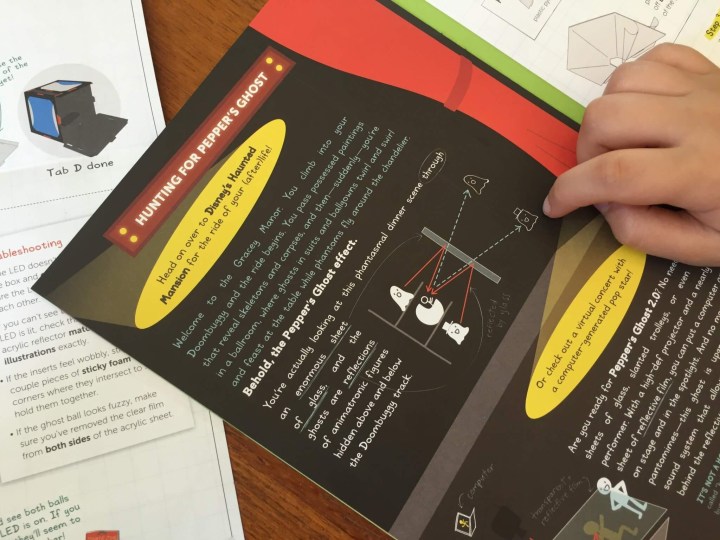
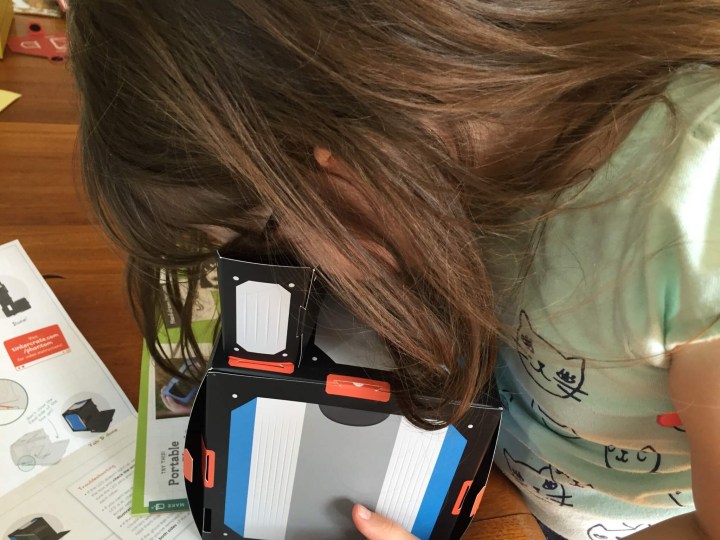




Comments